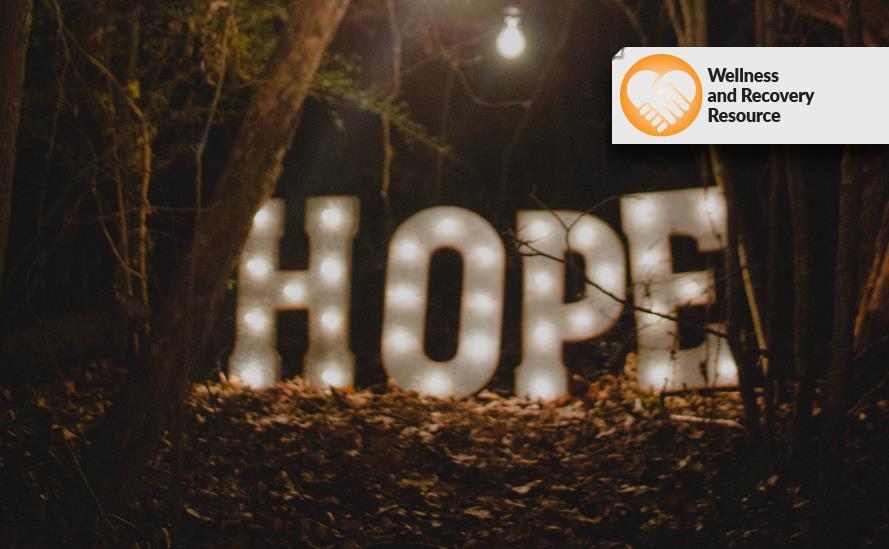Australians are finding it hard to feel hopeful right now. The second wave of COVID-19 has reminded us that the pandemic is not over, and neither are the limitations on where we can go, who we can see, and for many artists, how we can make a living. Why would you even try to cultivate a vision of the future right now, if you don’t know if you can pay the rent next week?
Hope is not magical thinking or denial. Hope is a neurological process which has helped our species to survive world wars, major climate events and natural disasters. If intelligent, reasonable hope could help our hominid ancestors survive the Pleistocene ice ages, it can help us survive COVID-19.
What is hope?
In their research with dying cancer patients, Jaklin Elliott and Ian Olver found that using ‘hope’ as a verb rather than a noun actually helped patients to focus on actively engaging with life. ‘Hope,’ according to the research, flourishes when we seek to be of service to others, and it can be a powerful social glue for communities under pressure.
Read: Avoid burnout by managing your stress levels not time
Neurologists have discovered that there is a ‘hope circuit’ in the brain which is activated when we start thinking about how to shape the future through our own actions. If we do not engage this part of the brain, our hope muscle gets flabby, letting our brains default to a sense of helplessness in the face of suffering.
What is burnout?
Burnout is essentially the opposite of hope. It is defined by psychologists as a state which combines emotional exhaustion, cynicism and a sense that we cannot win, despite our best efforts. Burnout arises in situations where there is not enough social support or a sense that we can control our own work; when people are working in an unjust environment; or when people work for too little emotional, social or financial reward.
Burnout makes people feel that their work is meaningless and no matter what they do, they cannot change the future.
How can hope act as a protective factor against burnout?
Believe it or not, right now, the middle of a worldwide pandemic, is the perfect moment to activate hope.
Researchers have found that ‘jolts in experience’ – events which ‘jolt’ us out of the normal run of things – can open us up to new patterns, new possible selves, and new trajectories of practice. The ‘hope circuit’ is switched on: the mind opens up with curiosity, a playful, wondering, ‘what if’ state of mind.
It seems that, once we start believing what we do matters: what we do matters. We start to imagine new scenarios, new possibilities which were simply not available to us in our previous mindset. Hope is a source of creative action – not only do we feel good when we are hopeful, but we also start to behave as if our actions might actually make a difference.
Read: Meditation without having to meditate
Next time you start feeling like nothing you do works, do all the things that work: maybe it’s meditation, getting some sunshine, exercising, seeing a doctor or a counsellor. And while you’re at it, try to remember this: hopelessness is actually a neurological cue to get up, be of service, and be creative.
It’s OK if today your creativity is limited to making yourself, say, a sandwich for lunch instead of a wrap. By breaking with your usual routine you give yourself a little jolt, and sometimes that’s all it takes to crank up your hope circuit. I added a dill pickle to my sandwich today. It was nice. I had forgotten just how much I liked pickles.
This article is based on Jackie’s work-in-progress manuscript, Spirituality for Non-Religious People.
The Wellness and Recovery Resource is supported by the Judith Neilson Institute for Journalism and Ideas.






